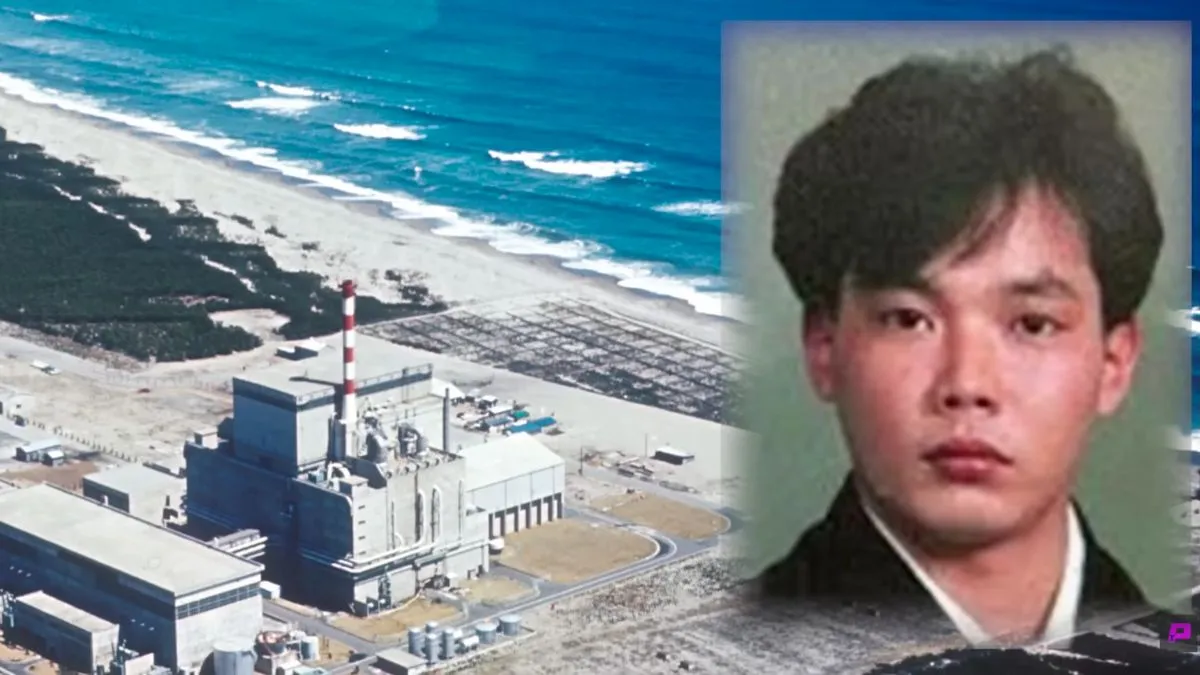
On September 30, 1999, 35-year-old Hisashi Ouchi was working at a nuclear fuel plant in Tokaimura, Japan, when a blue flash changed his life forever. He and two other workers were mixing uranium oxide to make fuel rods for a research reactor. They were supposed to use an automatic pump to mix small amounts of uranium with nitric acid. Instead, they used steel buckets and poured in 16 kilograms of uranium. That was about seven times more than the safe limit.
The extra uranium reached a critical point at 10:35 in the morning. This started an out of control nuclear reaction that released huge amounts of radiation for almost 20 hours. Ouchi was standing closest to the tank when it happened. He got hit with 17 sieverts of radiation. His coworker Masato Shinohara got 10 sieverts and their boss Yutaka Yokokawa got 3 sieverts. Doctors say anything above 7 sieverts will kill you. Ouchi was taken to the University of Tokyo Hospital where doctors found he had almost no white blood cells left.
His body could not fight off any infections anymore. As per HSW, his chromosomes were so badly damaged that they looked like broken pieces under a microscope. Even though his body was falling apart, doctors kept him alive for 83 days using blood transfusions and stem cell treatments. On his 59th day in the hospital, his heart stopped three times in one hour. But doctors brought him back to life each time because his family asked them to.
The accident shows how dangerous taking shortcuts can be
The Tokaimura accident happened because the company wanted to meet a deadline and took shortcuts. Workers were told to skip safety steps to make the fuel faster. The three men had no real training for handling uranium like this. They had no idea they were doing something so dangerous. Edwin Lyman, a scientist who studies nuclear safety, said that “when you’re working with materials, criticality limits are there for a reason.” When people do not follow the safety rules, really bad things can happen.
More than 300,000 people living near the plant were told to stay inside their homes for 24 hours after the accident. Over the next few days, more than 10,000 people were checked to see if they got exposed to radiation. A total of 667 people were hit with some level of radiation from what happened.
Who Is Hisashi Ouchi: The Man Who Endured the Most Horrific Radiation Death in History
— IBTimes UK (@IBTimesUK) February 12, 2025
Read More: https://t.co/mBRl1RVYJZ pic.twitter.com/hIyFAN6Rxe
The accident led to criminal charges against the company bosses, and the plant lost its license to operate by 2000. Like other shocking cases where authorities denied a 6-year-old a passport for breaking the law, strict rules were put in place to stop this from happening again.
Ouchi got worse every single day. His skin started coming off when doctors tried to remove medical tape. The stem cell transplant from his sister did not help because his DNA was too damaged to make new cells. His organs started failing one by one and he died on December 21, 1999, after his heart stopped again. Shinohara died seven months after the accident on April 27, 2000. Only Yokokawa made it out alive after spending three months in the hospital.
Hisashi Ouchi, a Japanese nuclear fuel plant worker, suffered an 83-day ordeal after being exposed to critical levels of radiation in 1999. Ouchi absorbed 17 sieverts of radiation, the highest level ever recorded for a human being.
— Ismael K Xavier (@ismael_3Js) March 13, 2024
Despite experiencing severe radiation burns,… pic.twitter.com/mPPItYG4tH
This terrible event changed nuclear safety rules all over the world. Japan made it a must for workers to wear protective gear at all nuclear plants and made sure everyone got proper training. Machines took over jobs that people used to do by hand to stop human mistakes.
While some lies in history have been pretty wild, like when a spy pretended to be a woman for 20 years and married a diplomat, the lies at Tokaimura were about hiding bad safety practices. The accident is still one of the worst nuclear disasters in Japan until the Fukushima incident happened in 2011.







